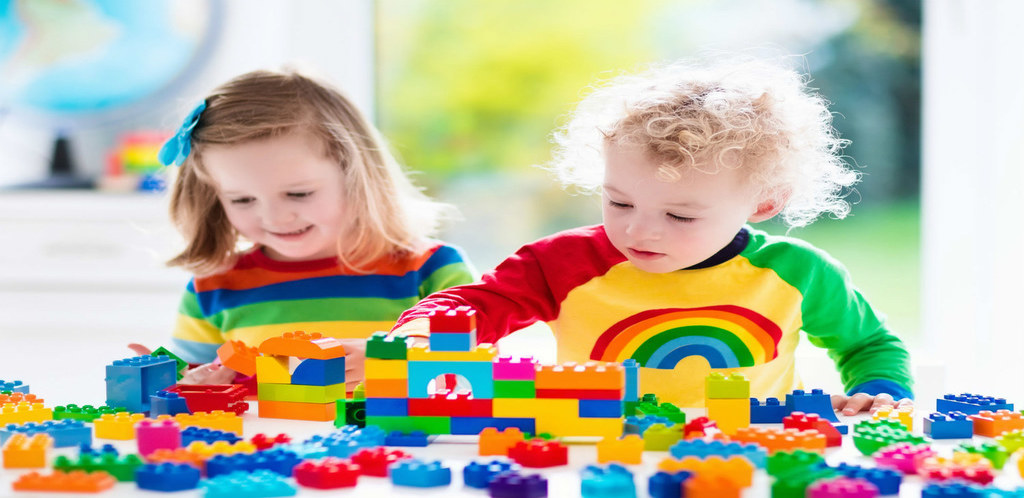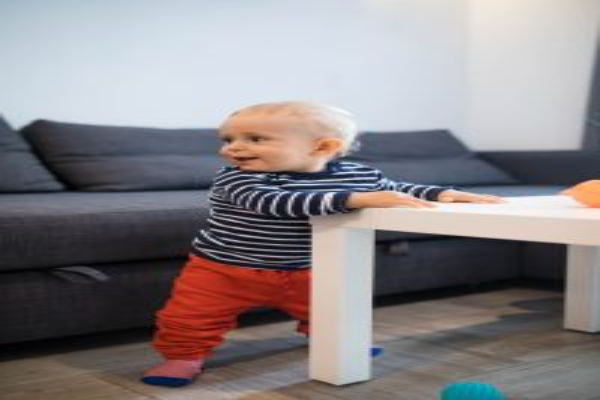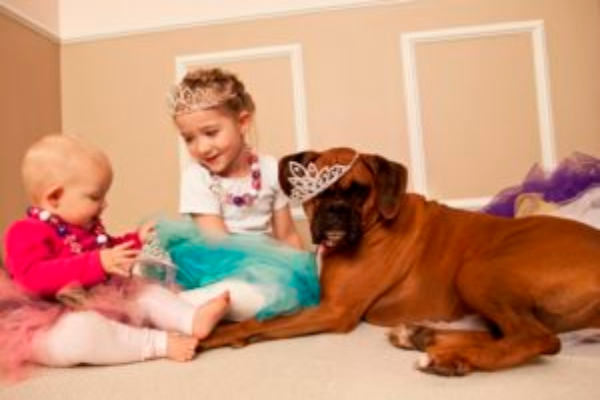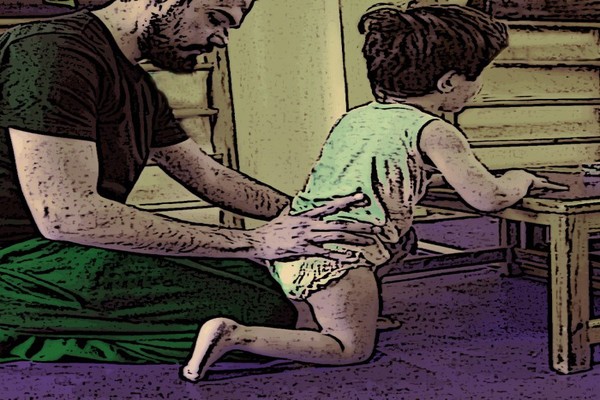Ways of achievement

1. POSITIONING GUIDELINES
The positioning protocol aims to:
- improve and maintain physiological status or autonomic system of the infant
- facilitate flexion in limbs and trunk appropriate for gestational maturation
- promote recommendations for infants preparing for discharge home
- Sudden Infant Death Syndrome (SIDS) prevention
2. SKIN TO SKIN CONTACT (KANGAROO CARE)
If the infant is stable enough, maybe cuddled by the parent periodically. That helps reconnection with parents and physiological stability of the infant.
3. PREPARING THE NURSERY ENVIRONMENT
Our environment affects the way we feel, think and behave. Our lives even depend on how well we adapt to our physical and social environment. This is a three-way process (parents-caregivers-infant).
- measuring light
- cooperating for nursing
- sound
4. POSITIVE TOUCH
Positive touch, a term coined by Cherry Bong, is specially adapted touch for babies who are premature of fragile. Touch is given according to the individual behavioral and physiological responses of the baby. Parents are the rightful and best givers of positive touch as they are the most consistent observers of their infants and have the essential emotional investment needed to give consistent loving care.
5. FEEDING
Feeding requires co-ordinated sucking, swallowing and breathing. It integrates several reflexes e.g. rooting, sucking and grasping. It is an energetic activity that depends on stable respiration.
6. CO-ORDINATING DAY-NIGHT SLEEPING
To feed successfully the infant also needs to have developed a periodic wake/sleep pattern and be able to ignore distracting stimuli. Robust, hungry, full-term babies make their needs known with loud crying and frantic searching for food.
7. RESPIRATORY PHYSIOTHERAPY
Positioning and neonate's lungs - (respiratory system)
- maintain a clear airway
- clear excess or accumulated secretion from the respiratory track
- re-expand collapsed segments of the lung
- prevent respiratory complications such as atelectasis, infection and retained secretions
- maintain adequate levels of oxygenation
- improve the general respiratory, function of the neonate
The therapist, especially at this part, works under the doctor's indications.
8. SUPPORT THE PARENTS-HANDLING AT HOME
- daily care and communication (light, noise, ...)
- preparing a comfortable baby's room (position of the bed, window, etc)
positive touch/calm day and night sleep/ avoiding alertness
- ways of hung, hold
- feeding and bathing
- face to face playing
- check all the materials for home (car seats, budding, etc)
- a date for follow up
Fani Theoharopoulou
Pediatric Physiotherapist
Developmental Therapist in NICU IASO THESSALIA
Πρόσφατα Άρθρα

From Baby’s First Steps to Walking on Their Own
Your Walking Questions, Answered
Walking is an important marker of healthy development for your baby—and an exciting new way for them to explore! Not only is it essential for physical de...

No Time for TV: Activities for Kids that Say “I’m bored”
Nasty weather can sometimes keep kids stuck inside. Being cooped up inside can be frustrating for kids and parents. Often children spend more time using screens like TV and tablets than they normal...

Φυσικοθεραπεία στην εγκεφαλική παράλυση
Εγκεφαλική παράλυση και κίνηση
Όλα τα παιδιά με εγκεφαλική παράλυση εξ’ορισμού παρουσιάζουν δυσκολίες στην αδρή κινητική λειτουργία, δηλαδή στην ικανότητα βάδισης και μετακίνησης. Μελέτε...
